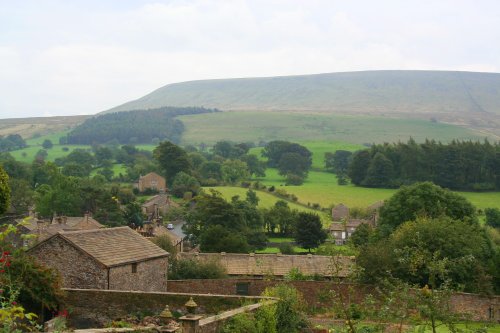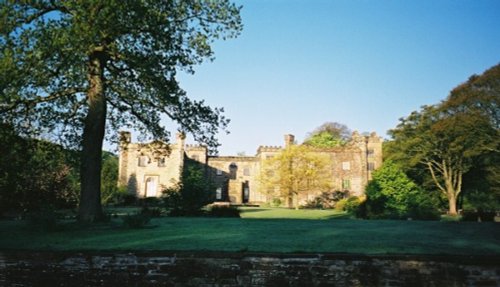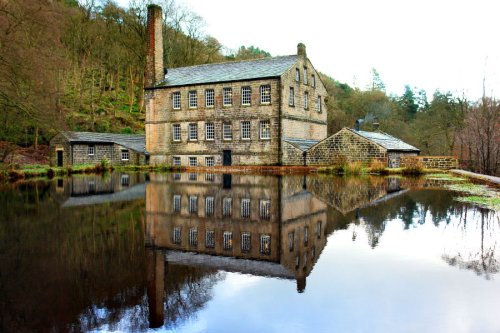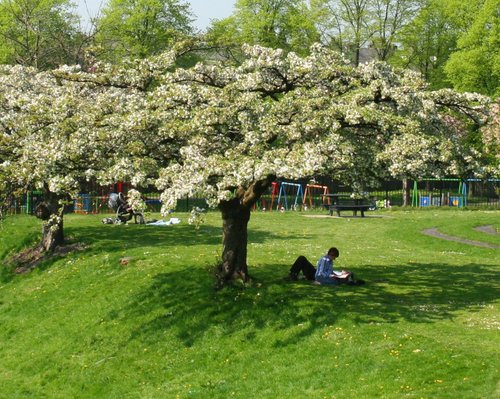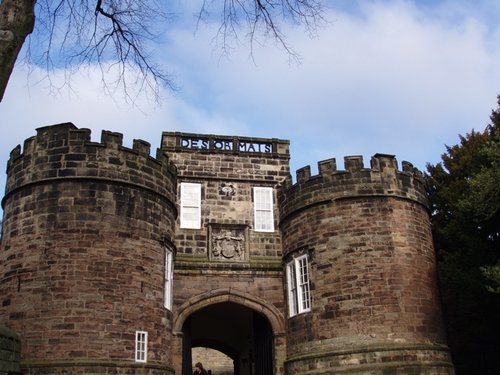Pictures of Colne
About Colne
This traditional Lancashire market town lies beneath Colne Edge close to the Leeds and Liverpool Canal. It was established as a settlement centuries ago, pre-dating Roman times.
Following the Norman Conquest the Forest of Trawden was planted near-by, this was eventually used for hunting by Norman Lord's and Barron's. The forest is well known for numerous reservoirs dotting its landscape, they are mostly used for water supply, but some are now available for leisure activities such as boating and fishing.
A weekly market was held in the churchyard at the top of a hill, the church is known to have existed here since early in the 12th-century, and oddly, because the market was established through practice the town, unlike other market town's, was never given a charter. The market was always a busy affair drawing crowds from all around the area, these near neighbours also poured into Colne for its annual fair which took place on St.Bartholomew's day, the 24th of August.
Two mills were in existence by this time, one a fulling mill, the other a corn mill, these gave employment and when coal began to be mined it brought more people to the town. By the time of the 15th-century wool was at the centre of the economy and several trades and small industries had begun to flourish, including brewing.
Today, Colne is a lively place which still has a thriving outdoor market (although no longer held in the churchyard) and many interesting shops. Visitors to the town will enjoy seeing some fine buildings, these include historic St.Bartholomew's Church, the imposing Municipal Town Hall and The British and India Museum with its fine collection of memorabilia from the 17th-century when India became part of the British Empire. On show are uniforms, regalia and other items to do with British rule of India, as well as photographs of Queen Victoria with her Indian servants. The museum has a wealth of colourful interest for every member of the family. Colne Market Hall is a "must see" it is a modern day building of glazed colonnades and canopies, this has recently been the subject of costly refurbishment by the local council.
Worth a mention is that this was the home town of Wallace Hartley who in the 20th-century was band master on the ill-fated Titanic, and that the town is the venue to an annual Rhythm and Blues festival, drawing visitors from all over the country.
The Leeds and Liverpool Canal links a ribbon of picturesque villages, nearby Colne is Foulridge were visitors can see shapely Holinhurst Bridge just north of Foulridge Wharfe. The canal flows through a lovely scenic landscape, along its banks are pleasant walks, enjoyable as much for the colourful narrow boats and sailing craft seen on the canal, as it is for its wealth of wildlife habitation.
With excellent facilities both in and outside of Colne, good hotels, inns and restaurants, plenty to see and do, Colne makes the perfect base to stay while exploring the beautiful moors known as Bronte Country, or the sprawling towns of Burnley, Clitheroe and Blackburn. Colne is also within easy reach of Keighley Moor and the arduous Pennine Way.
